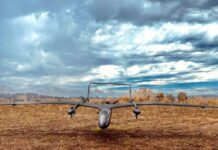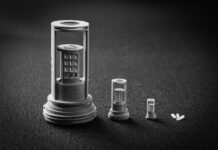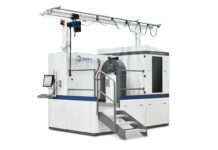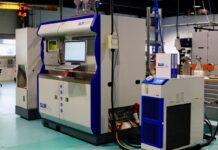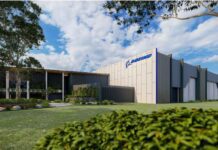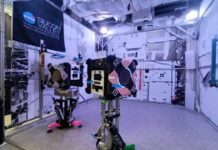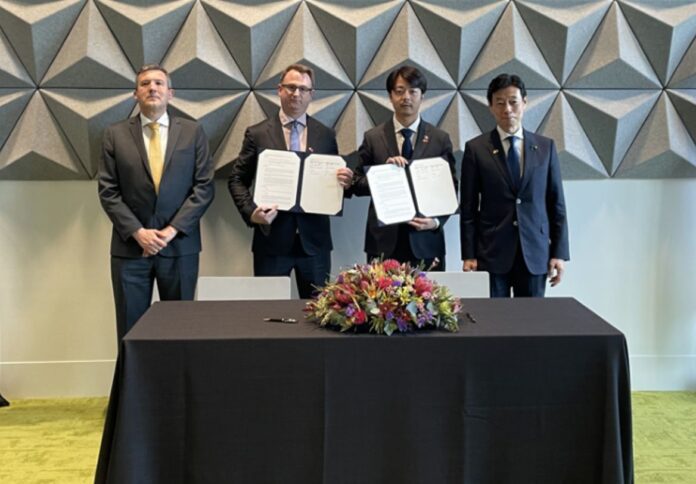
EOS Space Systems has teamed up with Japanese laser fusion technology developer Ex-Fusion to address the growing issue of space debris.
The two companies signed a memorandum of understanding during the fifth Japan-Australia Ministerial Economic Dialogue earlier this month, which was co-chaired by Australia’s Minister for Trade and Tourism Don Farrell and Japan’s Minister of Economy, Trade and Industry Nishimura Yasutoshi.
The amount of space debris floating around Earth has significantly increased in recent years, heightening the threat of catastrophic collisions with valuable space assets that are essential to modern life on Earth, such as telecommunications, finance, positioning, and navigation.
The partnership will employ a strategy that involves the use of optical ground stations equipped with high-power laser systems to remove space debris or alter its orbit to prevent collisions.
EOS Space Systems has developed operational systems for optical tracking and laser ranging of space debris orbiting the Earth. The company is also equipped with experience in previous programs working to maneuver space debris using ground-based lasers.
Meanwhile, Ex-Fusion touts expertise in high-power lasers and aims to build and power the world’s first laser fusion reactor.
The two companies will collaborate to explore next-generation space debris tracking and clearing technologies by looking into the use of Ex-Fusion’s high-power laser technologies for space debris tracking and clearing.
“As a trusted and proven leader in debris laser ranging, space surveillance and space situational awareness, we recognise the threat that space debris poses to satellite missions,” said James Bennett, executive vice president for EOS Space Systems.
“EX-Fusion’s work in laser-powered nuclear fusion complements our expertise in lasers and presents the potential for innovative solutions to the space debris problem. This partnership not only addresses key technological challenges but also serves to strengthen the ties between Australia and Japan,” Bennett added.
“Our strategy in Australia is to expand our business, with a particular focus on the wide range of applications for laser technology. Laser control equipment developed by EX-Fusion plays a central role in technological aspects such as laser communication in the space field and the tracking and removal of space debris using lasers. We are also looking at further applications of laser technology itself and believe that these areas have significant market potential,” said Kazuki Matsuo, president of Ex-Fusion.


